‘Efficient Resourcing and effective Governance, the drafting committee believes, is possible through ‘school complexes’.
What is it called ‘school complex’? It is ‘a cluster of public schools in a contiguous geography offering education across all stages – Foundational to Secondary’.
The pooling of schools of a certain locality / region and sharing the resources of these schools among themselves for the good of the students is a great idea by itself. The committee must be appreciated for having drafted a plan for a ‘community sharing’ of knowledge and resources.
It is so wonderful because it takes away the ‘best school label’ from those who are known to be so at present and tries to bring all schools of the locality at par with others. This would directly result in avoiding undue rush or scramble for admissions in a few schools who would naturally try ‘to make the best’ out of it.
Since the report mentions ‘public schools’, only the government schools and those funded by the government are to be grouped under this scheme. (‘Public schools will only be those that are funded publicly i.e. Government schools and government aided schools.’ – P189)
To have a greater impact, efforts may be made to bring non-government schools also into this plan. That would ensure the best possible outcome. But, the success of this idea rests squarely on the willing co-operation of the schools with better infrastructure coming forward to part with their resources.
Will they do it happily because they would have invested so much of their money and hard work into it? Will it not be unfair to ask the dedicated schools to dedicate their hard earned properties to others who did not care to do a bit in promoting their state of affairs? Is it proper to direct someone to keep donating while others would keep neglecting their duties? Should we not reward the good ones and punish the wrong?
These questions are as relevant as the idea is so noble and innovative. The ultimate objective should be to benefit the students who have not enjoyed or who have been deprived of the facilities of a good school. This ‘good Samaritan’ approach of better maintained schools would perhaps help get over the difficulty and pave way for smooth implementation.
But in a state like Tamilnadu where education has become the most thriving business, where the competition is really getting tougher every day, to expect the managements of various schools to join together for the overall development might be a farfetched dream.
Yet, we can not deny the fact that this recommendation would surely help ‘build vibrant community of teachers, school leaders and other supporting staff; better integrate education across all school levels; share key material resources such as libraries, science laboratories and equipments, computer labs, sports facilities, as well as human resources such as social workers, counsellors, and specialised subject teachers.’ This would end isolation of small schools as it would blend them with others through school complexes and bring them into the ‘mainstream’.
In the interest of the students and the overall impact that this plan would have in the long run, the Government may seriously work out strategies for the success of school complexes. We can as of now convey our kudos to the committee for having incorporated this idea into the New Policy.
‘Regulation and accreditation of school education’ is a step towards ‘realigning the core aims of regulation’. The report is forthright and resorts to ‘plain speaking’ that lends a fair degree of neutrality.
‘The present structure of the governance of school education system in which all three functions, the provision of public education, regulation of all educational institutions, and making policy are all handled by the Department of School Education or its arms (e.g. District School Education and its officials such as the DEO, the BEO), leads to deep concentration of power and conflicts of interest. It also leads to ineffective management of the school system, since the efforts towards education provision is often diluted by the focus on the other roles, particularly regulation that the DSE must perform.’
All the talk of power being concentrated at the District Educational Office would have been meaningful if the same had been said about the Central / State authorities. The learned members of the committee ought to have suggested decentralisation of powers at a much higher level.
Right from policy making to planning to finance allocation to implementation, everything is in the hands of the State / Union Government. The report has not bothered to do anything to reduce the concentration of power here but considers the District level administration to be a centralised authority! Strange – what else?
The report states that ‘the current regulatory regime has not been able to curb the rampant commercialisation and economic exploitation of parents by many for-profit schools, yet at the same it has all too often inadvertently discouraged public spirited private / philanthropic schools’. There has been far too much asymmetry between the regulatory approaches to public and private schools, even though the goals of both type of schools should be the : to provide quality education’. (Page 178)
The report recommends creation of ‘Rajya Shiksha Ayog’ to become the apex body and the role of the department would then be accordingly delineated. ‘This apex body will be the primary institution for all overall monitoring and policy making for continual improvement of the system; however, it will not be involved with operation of schools (service provision) or with the regulation of the system, which will be carried out by separate bodies to eliminate conflicts of interest.’
‘An independent, state wide, regulatory body called the State School Regulatory Authority (SSRA) will be created for each state. For a periodic ‘health check up’ of the overall system, a sample-based National Achievement Survey (NAS) of student learning levels will continue to be carried out by NCERT. States will also be encouraged to conduct their own census-based State Assessment Survey (SAS)’.
The report has given various suggestions for a more ‘effective’ regulatory method. They are all too administrative by nature where at the end, one method / system would replace something else that is in operation now. ‘Accreditation will be the method used to ensure that schools are meeting the standards of School Quality Assessment and Accreditation Framework (SQAFF)and Licence to Start a School (LSS).’
The points or the suggestions of the committee in respect of ‘Education Administration’ have to be closely examined by the school managements. They are the ones who can argue for or against the proposals since it involves so many technicalities calling for approval of the school managements. Whatever we say may not adequately represent the views / opinions of the school managements. It would only be proper if the representative school ‘managers’ are consulted and their views are considered before the recommendations are finally incorporated.
With this, Part I of the report ends. Next part deals moves into a more complicated area – ‘Higher Education’.
(to continue…
Baskaran Krishnamurthy

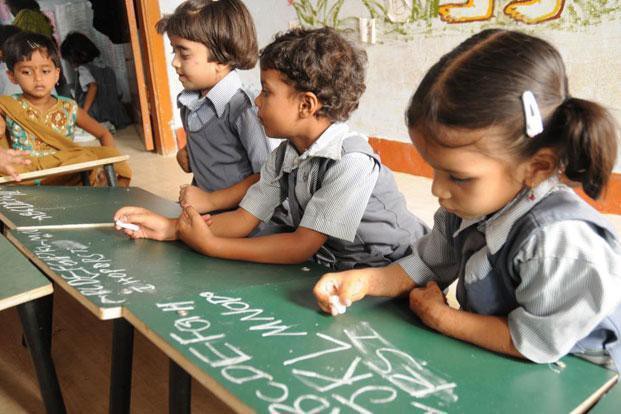








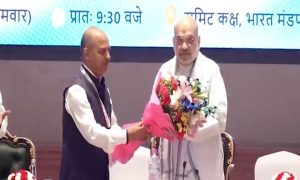

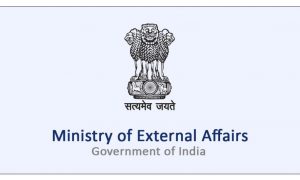

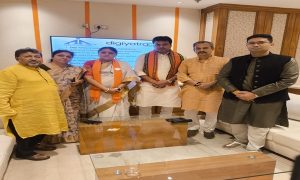





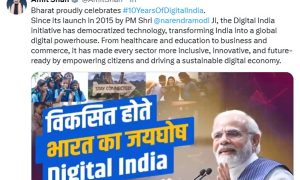







 WhatsApp us
WhatsApp us